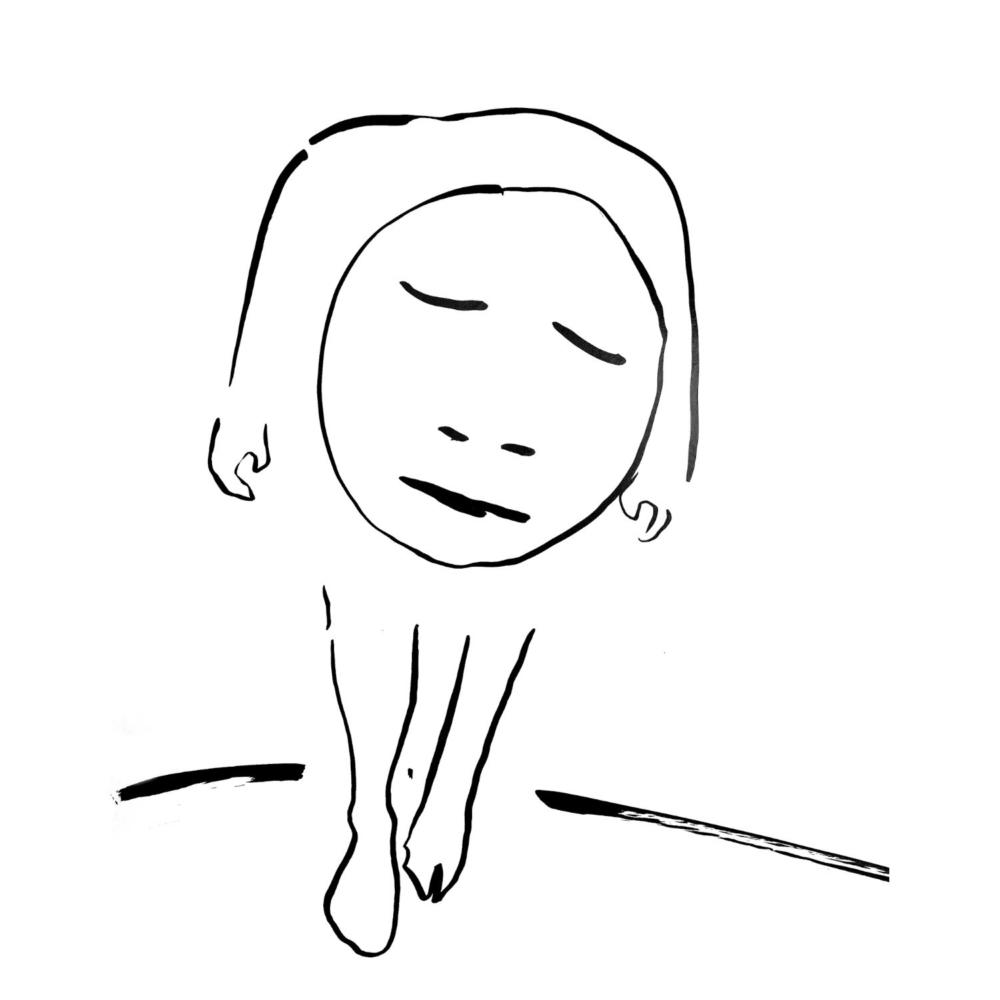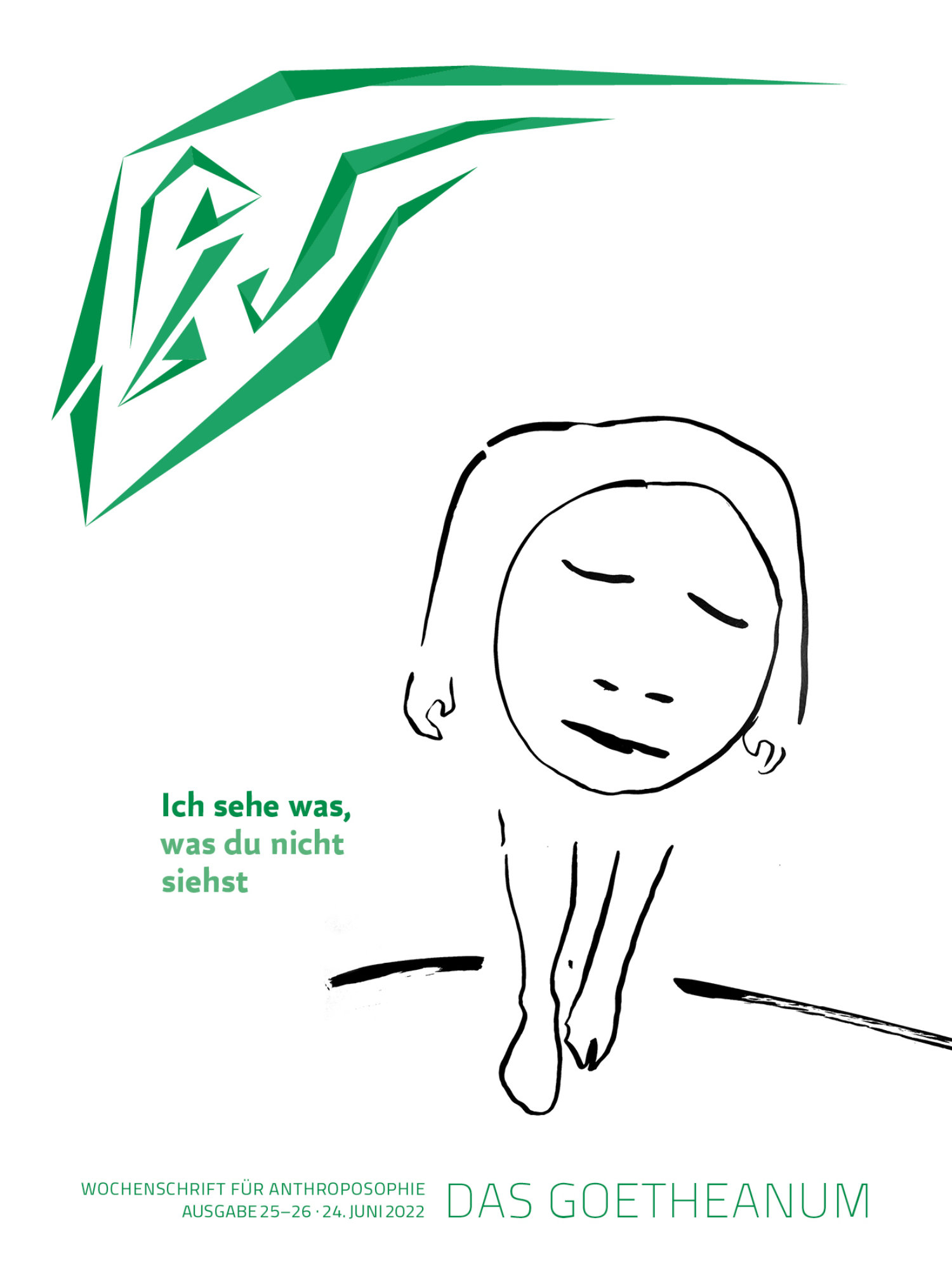Room to be at ease
Laughter is an experience the spirit makes, and there has been a work group for clowns at the Section for the Performing Arts since September 2021. Who should know best about humor than those, whose vocation is to make people laugh. Gilda Bartel inquired about their work and their thoughts.
What happens when laughing, that is, in your workshops?
Catherine Bryden, alias Carrottini Milton Berle said: «Laughter is an instant vacation.» Angela Hopkins asks in the movie ‹Annika›, «When was the last time you laughed? A really good laugh?» So when was it?
During clowning theater workshops we laugh a lot. Sometimes we laugh so much that everything hurts, and we gasp for air during uncontrollable fits of laughter. We chuckle, giggle, grin and smile - a knowing or curious or awkward smile. The most moving thing is when someone bursts out laughing and we can see that the person has no idea why the laughter has taken over their whole nature. Then we laugh even more. Humor is a gift. During the initial warm-up exercises of a workshop, as a moderator, I consciously and actively steer participants away from being funny or making others laugh. The word ‹clown› pressures people to be silly or foolish. It contains images of slapstick tricks and big shoes. Though this does not apply to theater clowns. Our clowns can sometimes be silly, but this is not intentional. Laughter during a workshop cannot be planned or arranged, but we can offer room to provide the tone and mood for warm and loving laughter. Since there is no room for sarcasm in our clown world, it is not our intention to cultivate cold or intellectual laughter. When we expect laughter or try to be funny, we invite an uncomfortable silence into the room.
The beauty of the relationship between humor and laughter is its intangibility and unpredictability. When people laugh, I experience movement, openness and ease. When I laugh or watch people laugh, I feel deep levels of ease and connection. Columnist Fred Dennehy goes into more detail in his column ‹Laughing and Weeping›. Rudolf Steiner recognized - as did Socrates in regard to comedy and tragedy - an intimate relationship between laughter and weeping. Laughter usually manifests as a series of staccato exhalations followed by a long inhalation. Weeping is the opposite - a series of discontinuos inhalations followed by a long sigh. These processes are expressions of what Steiner observed as the astral body - the bearer of emotions such as joy and pain, sorrow, terror and amazement. While experiencing laughter, the astral body - to use Steiner's term - withdraws from the physical body and expands. It expresses «inner liberation» of the spirit. In regard to weeping, the opposite happens. It «pushes down» on the physical body and contracts in a gesture of «inner strengthening». Steiner's account points us to a perhaps surprising realization: that laughter is an experience the spirit makes. When I watch transformations in people who have laughed, I have no doubt about it.
This text is an excerpt from an article published in the weekly journal 'Das Goetheanum'. You can read the full article on the website of 'Das Goetheanum'.


